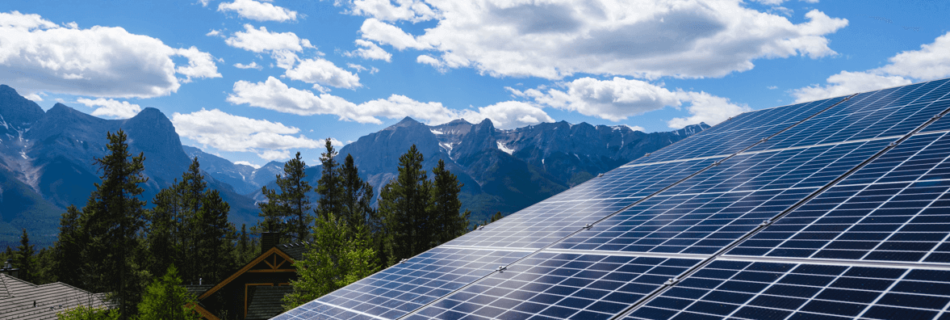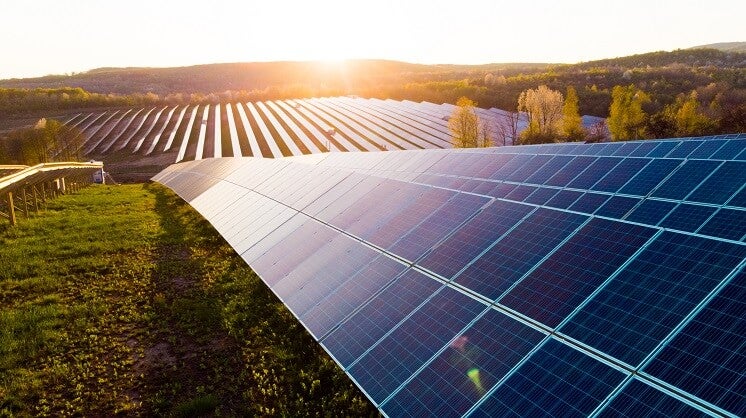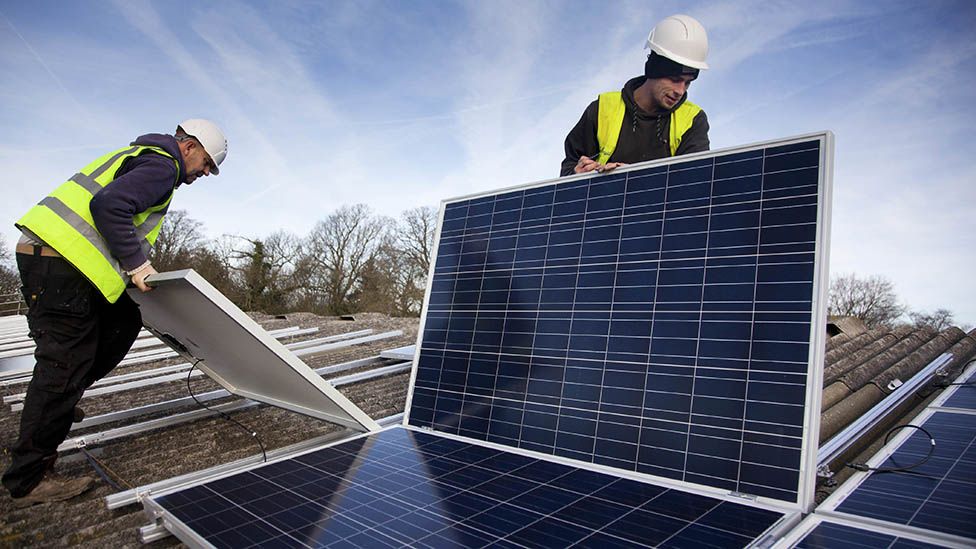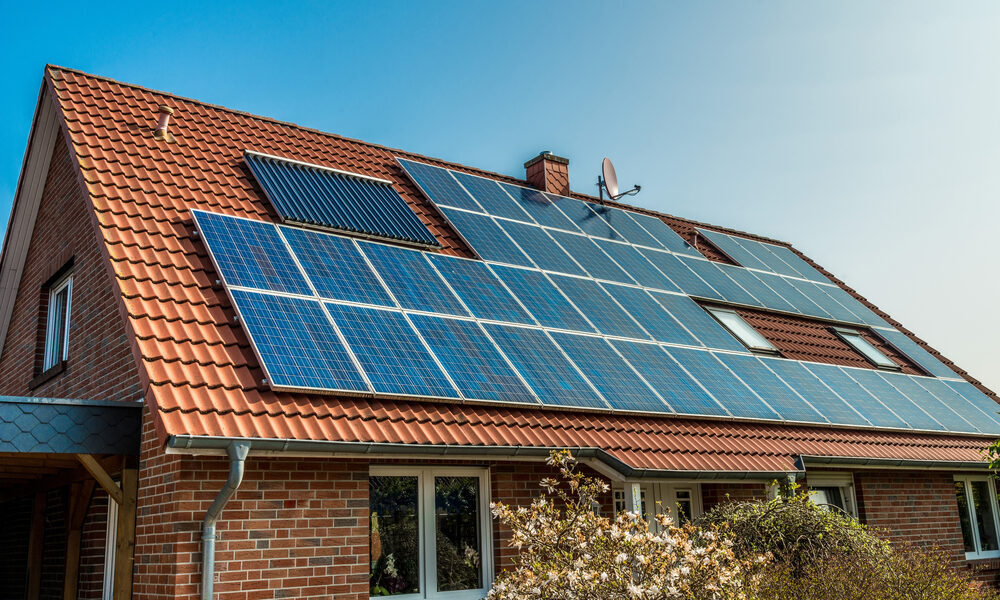Solar panels continue to become more and more appealing as prices for everything continue to climb. Solar power is not only environmentally friendly, but it does a great job of cutting down on those utility bills. One question that has increasingly come up is whether or not it’s possible to install solar panels on tile roofs or if people with traditional ceramic tile roofs are just out of luck.
Can You Install Solar Panels on Tile Roofs?
The good news is that yes, it is possible to install solar panels on tile roofs. This requires a different approach because tiled roofs don’t give the same flat smooth space that makes setting up mounting brackets easy. The traditional installation method does not work with tile roofs, but although tricky, it is possible.
The solution involves drilling into the roof to attach mounting brackets that would then be customized to the slope the roof to help anchor the solar panels in with minimal disturbance to the tiled roofs.
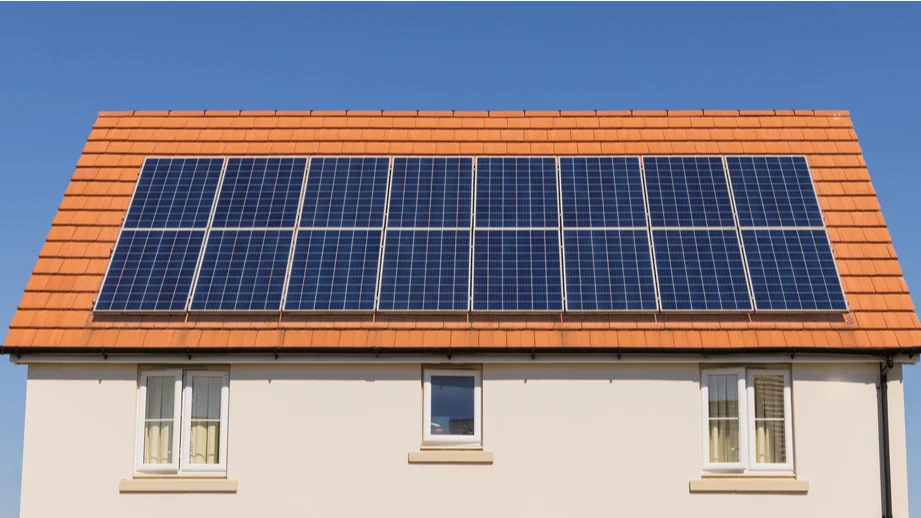
Not every solar installer will provide services to homeowners with tiled roofs, preferring not to deal with the special challenges that come with those jobs, so make sure to call and confirm with solar companies that they will do that type of work. Usually this is because of the cost involved, but these days there are many solar finance options available that makes it easy to achieve.
Special Challenges
Because of the grade and lack of flat space, additional steps have to be taken to safely install the solar panels. This is an adaptive installation process that involves drilling into the roof and attaching mounting brackets to the actual roof studs.
This will provide the level of support and anchoring that is needed to safely and successfully install solar panels on a tile roof that will stay in place and work.
But doesn’t this put holes in the roof? What about rain?
This has been thought of, because there are plenty of tiled roof houses in Florida that wanted solar and anyone who has been in Florida for any amount of time understands that with so much rain holes in the roof is just not an option.
The Process
The tiles must be removed where the drilling takes place. The drilling is done in the roof, and those mounting brackets are attached. Immediately after the area is sealed with waterproof sealant and then further flashing is put into place to make sure absolutely no water is getting through.
Once the brackets are in place, the solar panels can be installed as usual. This means small areas of the roof where there isn’t tiling, but those are covered by the solar panels meaning the aesthetic change isn’t obvious since the solar panels cover the bare patches.
Solar installation on tile roof
If you want the tiles to remain in place you need the help of specialist roofers since tiles can crack when drilled, and they are going to have the specialty tools, experience, and knowledge to be able to create “drilled through” tiles that can be placed back over the mounting allowing the tile roof and the solar panels to both coexist.
Regardless of which way you go, part of the installation service must include installing new flashing to guarantee the roof is sealed to make sure there’s no water damage.
However, when that’s all taken into account, solar panels can indeed be installed on a tile roof.


